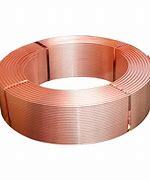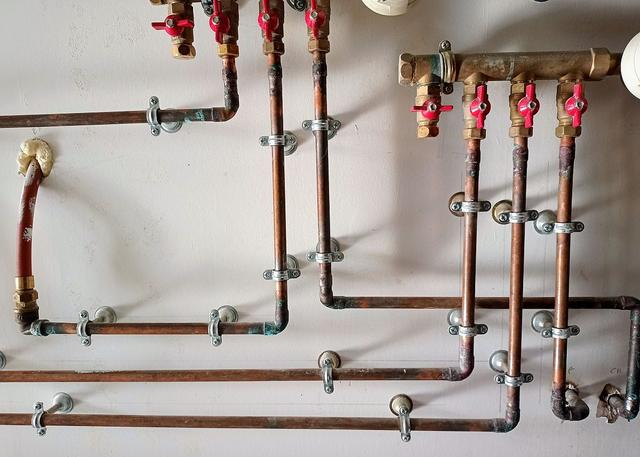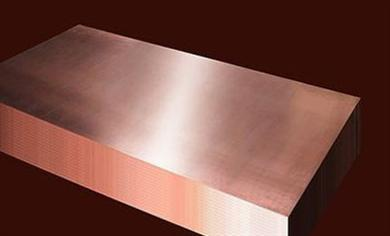A copper tube, also known as a copper tube, is a type of non-ferrous metal tube that is a seamless tube made by pressing and drawing. Copper pipes have good conductivity and thermal conductivity, making them the main material for conductive and heat dissipation accessories in electronic products.
They have also become the preferred choice for modern contractors to install water pipes and heating and cooling pipes in all residential properties. Copper pipes have strong corrosion resistance, are not easily oxidized, and are not prone to chemical reactions with some liquid substances, making them easy to bend and shape.

70mm Copper Pipe Scrap Copper Pipe Pipe Gas Copper
Characteristics of Copper Tube
Lightweight, good thermal conductivity, and high low-temperature strength. Commonly used in manufacturing heat exchange equipment such as condensers. Also used for assembling low-temperature pipelines in oxygen production equipment.
Small copper pipes are commonly used to transport pressurized liquids (such as lubrication systems, oil pressure systems, etc.) and as pressure gauges for instruments.
Copper pipes have the characteristics of being strong and corrosion-resistant, making them the preferred choice for modern contractors to install water pipes and heating and cooling pipes in all residential and commercial housing.
Copper tube combines many advantages: it is strong and has the high strength of general metals. At the same time, it is easier to bend, twist, crack, and break than ordinary metals.
It has a certain degree of frost resistance and impact resistance, so once copper water pipes are installed in the water supply system of buildings, they are safe and reliable to use and do not even require maintenance.
Application areas of copper pipes
Copper pipes are heat-resistant and can be used in various environments. Compared to this, the disadvantages of many other pipe materials are obvious, such as galvanized steel pipes commonly used in residential buildings in the past, which are prone to rusting and can cause problems such as yellowing of tap water and reduced water flow after a short period of use. Some materials have a rapid decrease in strength at high temperatures, which can pose safety hazards when used for hot water pipes. Copper has a melting point as high as 1083 degrees Celsius, and the temperature of the hot water system is negligible for copper pipes. Archaeologists have discovered copper water pipes dating back 4500 years inside Egyptian pyramids, which are still in use today.
Copper pipes are commonly used in water pipelines and heating and cooling pipelines and can be used in different environments. Copper pipes combine the advantages of metal and non-metal pipes and are the best connecting pipes in hot and cold water systems as they dominate the boiling head. Copper pipes are fire-resistant and heat-resistant and can maintain their shape and strength at high temperatures without aging.

Copper pipes are used for water pipes and heating and cooling pipelines
The pressure resistance of copper pipes is several times or even dozens of times that of plastic pipes and aluminum-plastic pipes, and it can withstand the highest water pressure in today’s buildings. In hot water environments, with the extension of service life, the pressure-bearing capacity of plastic pipes significantly decreases, while the mechanical properties of copper pipes remain unchanged in all temperature ranges, so their pressure resistance will not decrease, and there will be no aging phenomenon.
The linear expansion coefficient of copper pipe is very small, which is 1/10 of that of plastic pipe, and it will not cause stress fatigue fracture due to excessive thermal expansion and contraction.
Copper pipes have greater strength and smaller outer diameters while ensuring effective inner diameter requirements, making them more suitable for concealed burial.
Inquiry us
If you want to want to know more, please feel free to contact us. (nanotrun@yahoo.com)

